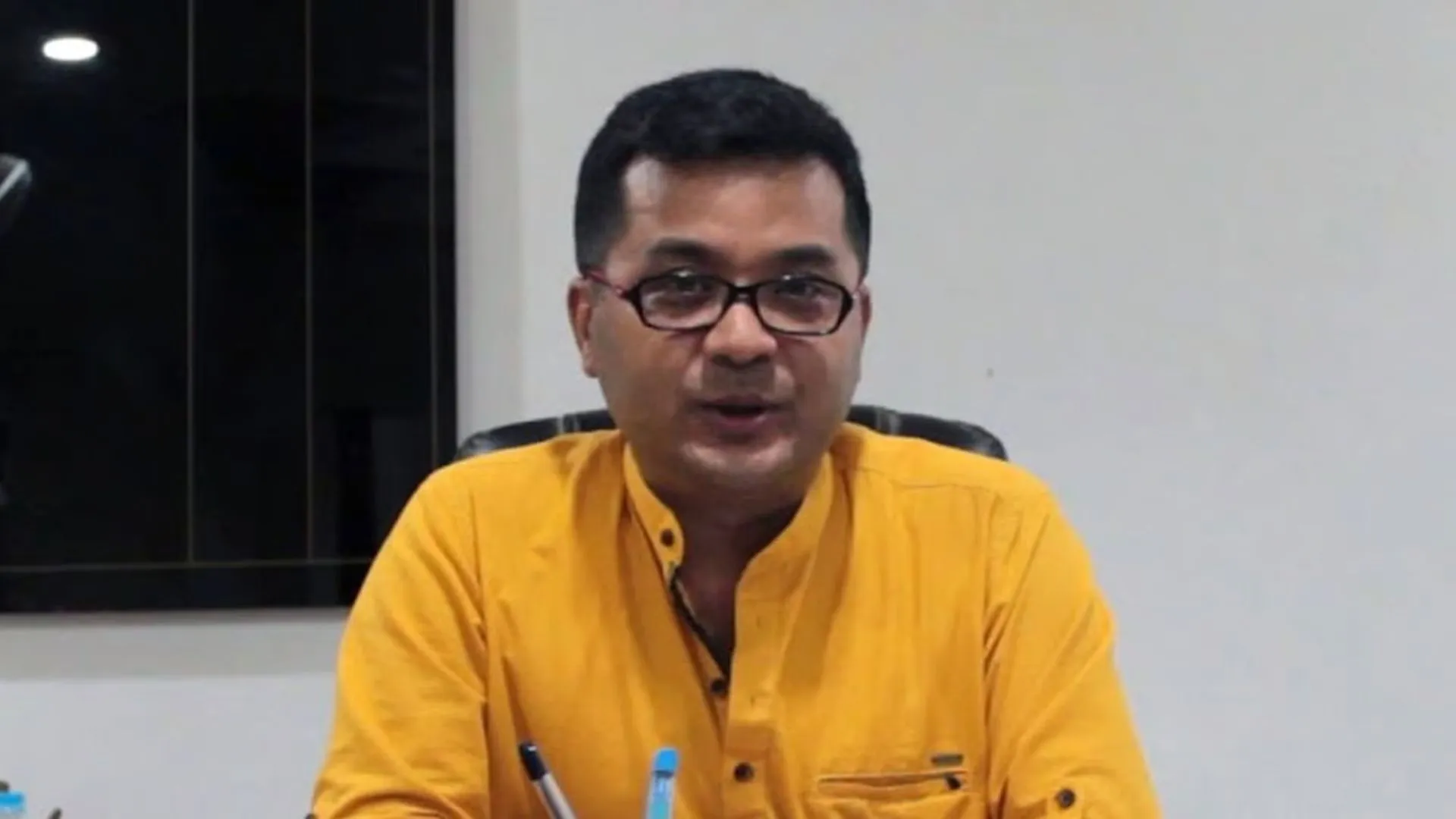Tejashwi Yadav, leader of the Rashtriya Janata Dal (RJD), has sharply criticized the Nitish Kumar government in Bihar following the collapse of the fifth bridge within nine days. This incident, occurring on the Bhootahi River between Madhubani and Supaul, has heightened concerns about infrastructure standards amidst heavy rains impacting Nepal’s catchment areas.
Yadav’s criticism reflects broader anxieties over public safety and infrastructure reliability under the current administration. He pointedly highlighted systemic failures, emphasizing the need for stringent oversight and accountability in construction projects across Bihar. The collapse has prompted swift action from the district administration, initiating an investigation and demanding a comprehensive report. The contractor responsible has been urged to expedite repairs to restore connectivity in the affected region, underscoring the immediate repercussions of such failures on local communities.
Series of incidents
This bridge collapse is not an isolated incident but part of a troubling pattern of infrastructure failures in Bihar. In the preceding week alone, similar collapses were reported in Araria, Siwan, and East Champaran districts, exacerbating challenges already posed by seasonal monsoon rains and riverine flooding. The collapse in Kishanganj, which isolated thousands due to floodwaters, particularly highlighted vulnerabilities in the state’s infrastructure network.
Earlier incidents in West Champaran and Siwan in June further underscored deficiencies in construction practices and regulatory oversight, amplifying calls for improved infrastructure management and enhanced accountability measures. These incidents have galvanized public discourse on the need for Bihar to adopt more robust infrastructure planning and execution strategies to mitigate risks and ensure long-term community safety.
As Bihar confronts these challenges, the focus remains on implementing rigorous quality control measures and proactive governmental interventions. The overarching goal is to safeguard public infrastructure against natural disasters and unforeseen emergencies, reaffirming the imperative for sustainable development practices and resilient infrastructure frameworks across the state.






















